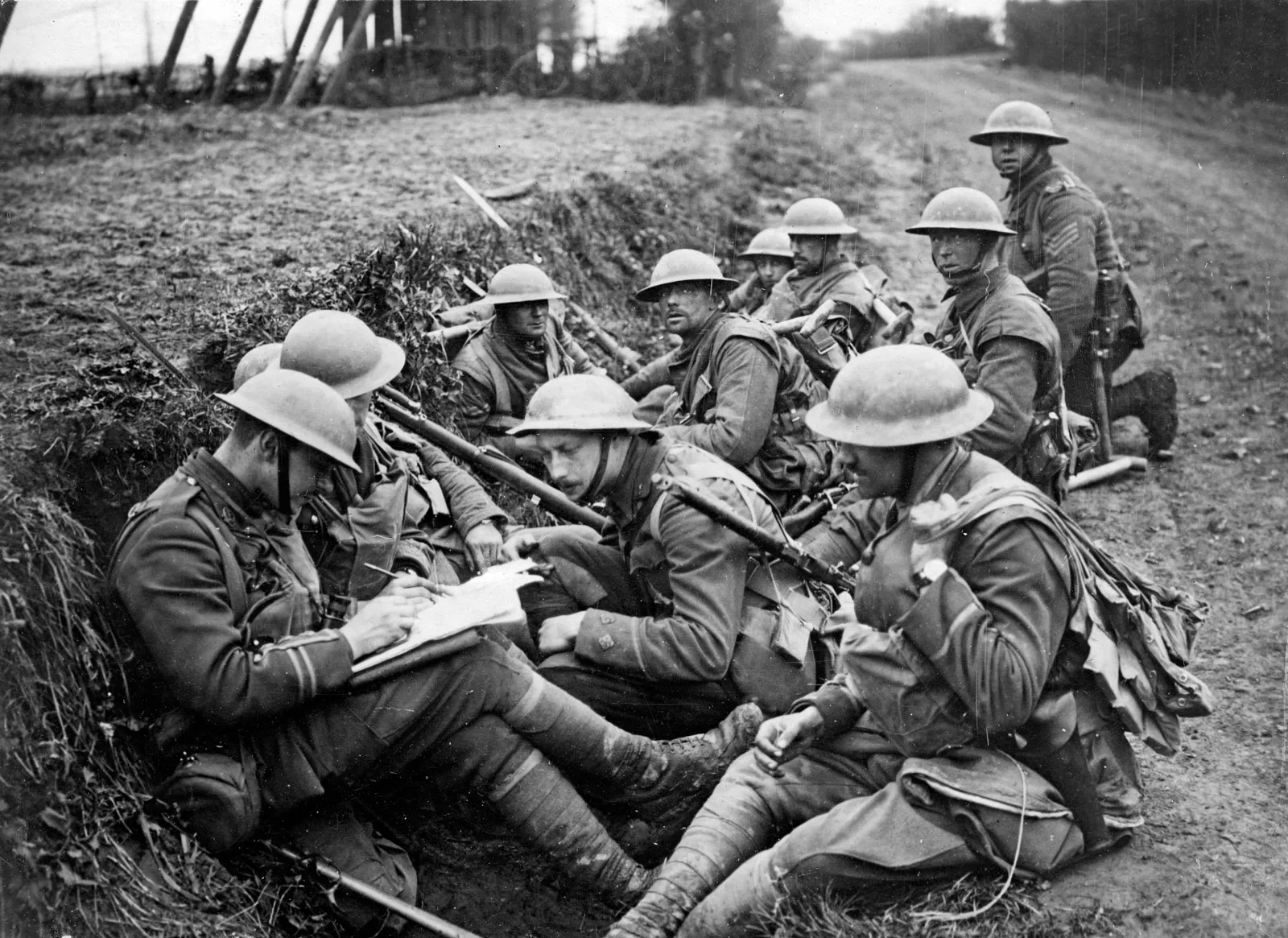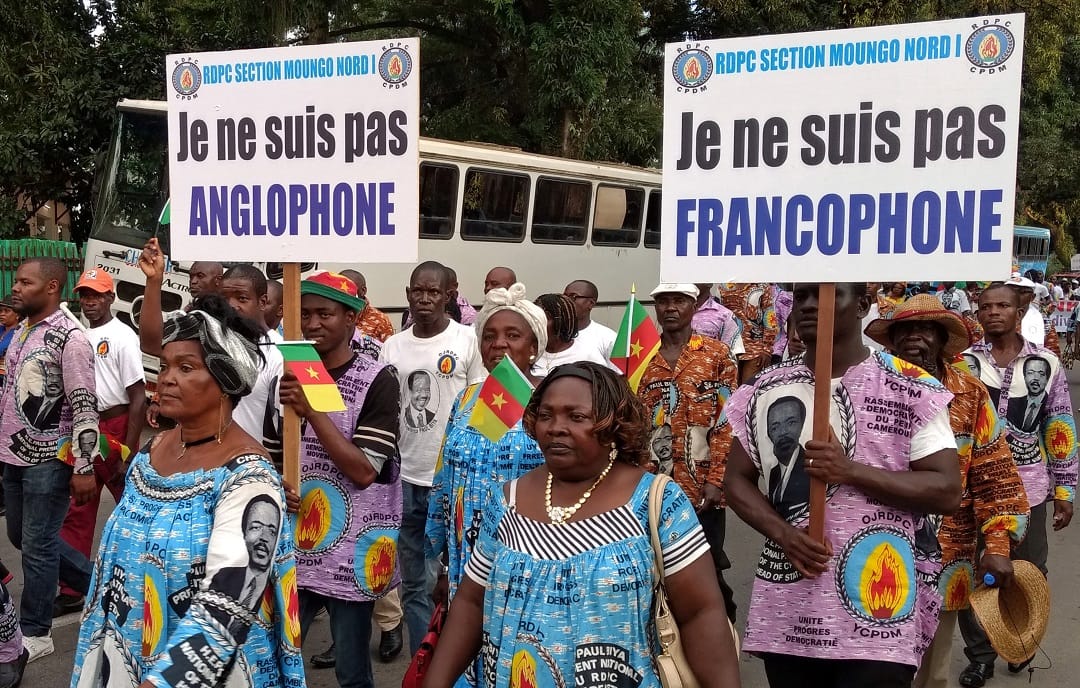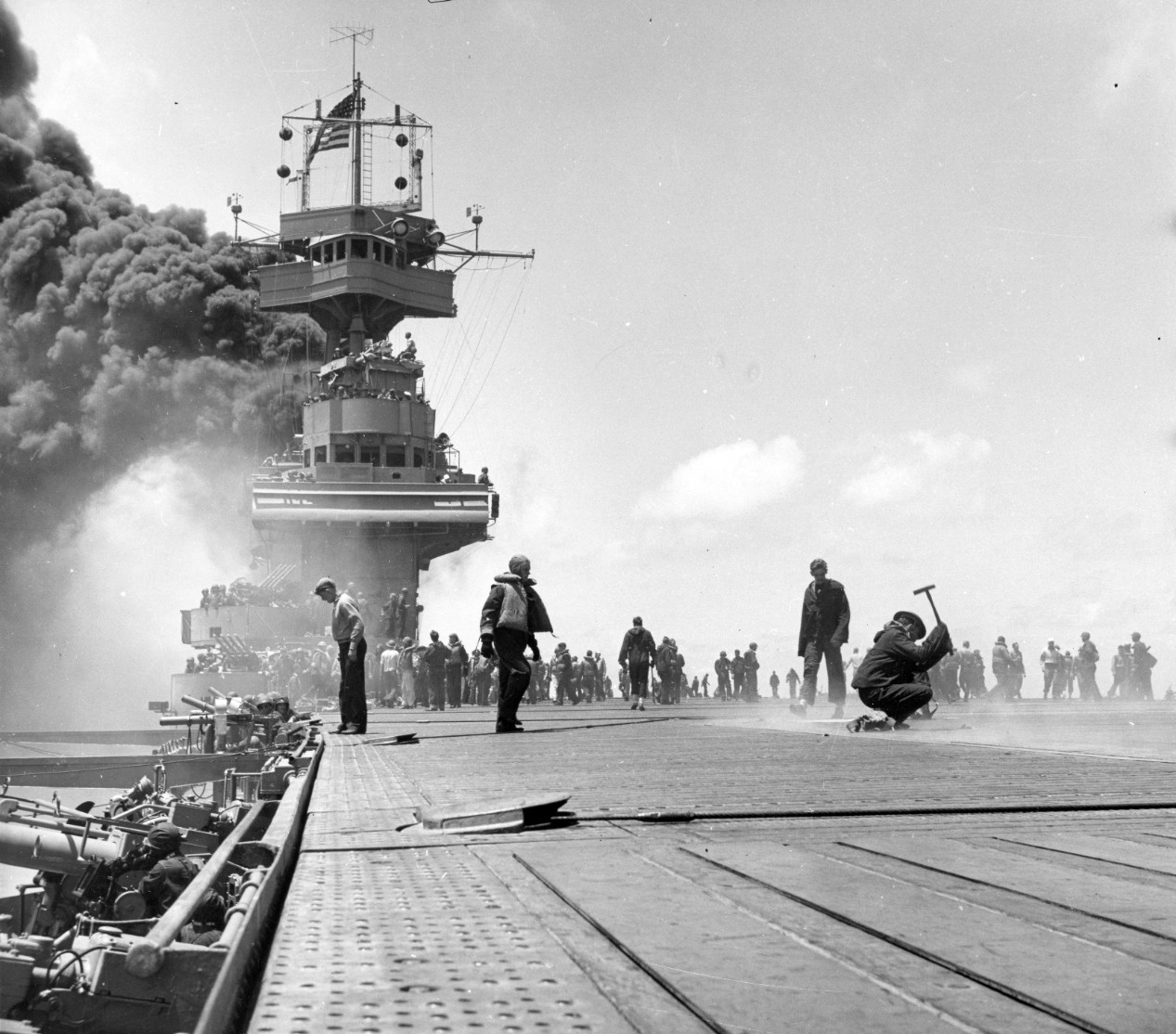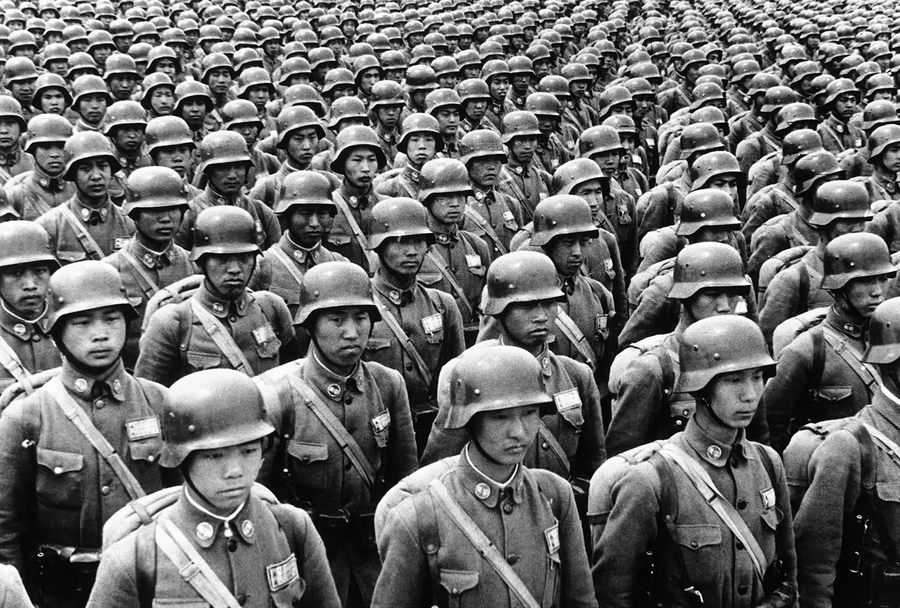sovet-gagarin.org -World War I, also known as the Great War, was one of the most devastating and transformative conflicts in human history. Fought from 1914 to 1918, it involved many of the world’s great powers and set the stage for political, social, and economic upheavals that would reshape nations and societies across the globe.
The Causes of World War I
The origins of World War I are complex and multifaceted, but several key factors played a critical role in its outbreak:
-
Nationalism: In the early 20th century, rising nationalist sentiments fueled tensions across Europe. Nationalism led to an intense sense of competition and rivalry, particularly in Eastern and Southeastern Europe, where Slavic nationalists sought independence from Austria-Hungary and the Ottoman Empire.
-
Imperialism: European powers were fiercely competing for dominance in Africa and Asia, leading to conflicts over colonial possessions. This rivalry created a hostile atmosphere that contributed to the tensions leading up to the war.
-
Militarism: European nations, particularly Germany, Britain, and France, had built massive military forces and stockpiled weapons, viewing military might as essential to their national security. This arms race heightened the sense of distrust and suspicion among the great powers.
-
Alliance System: European countries had formed a network of alliances designed to provide mutual protection in the event of war. These alliances ultimately contributed to the war’s escalation, as a conflict between two nations quickly involved several others. The major alliances were the Triple Entente (France, Russia, and Britain) and the Triple Alliance (Germany, Austria-Hungary, and Italy).
-
The Assassination of Archduke Franz Ferdinand: The immediate spark for World War I came on June 28, 1914, when Archduke Franz Ferdinand of Austria-Hungary was assassinated by Gavrilo Princip, a Bosnian Serb nationalist. This event set off a chain reaction, with Austria-Hungary declaring war on Serbia, leading to the involvement of Russia, Germany, France, Britain, and others.
The Major Fronts and Battles
World War I was fought on multiple fronts, with the Western Front, Eastern Front, and other theaters of war shaping the course of the conflict.
-
The Western Front: This front was characterized by trench warfare, a brutal and stagnant form of combat in which soldiers endured horrendous conditions. The front stretched from the North Sea in Belgium to Switzerland, and battles such as the Battle of the Somme and the Battle of Verdun became symbols of the war’s devastating human cost.
-
The Eastern Front: The Eastern Front was marked by more fluid movement compared to the Western Front. It saw battles between Germany and Austria-Hungary on one side, and Russia on the other. The Russian army struggled against the Central Powers, and by 1917, internal instability in Russia led to the Russian Revolution and Russia’s eventual exit from the war.
-
Other Fronts: The war also spread to the Middle East, Africa, and Asia, with major battles fought in Gallipoli, the Sinai Desert, and on the seas. The war’s global reach highlighted the involvement of colonial empires, as soldiers from across the world fought in support of their respective imperial masters.
The Impact of World War I
World War I had profound and lasting effects on both the battlefield and the global political landscape:
-
Human Cost: The war led to the deaths of an estimated 10 million soldiers and 7 million civilians. Millions more were wounded, and the war left entire generations scarred. The brutality of trench warfare, the introduction of new weapons such as tanks and chemical gas, and the large-scale casualties made it one of the deadliest conflicts in history.
-
Political Changes: The war caused the downfall of several major empires, including the Austro-Hungarian Empire, the Ottoman Empire, the Russian Empire, and Imperial Germany. In the aftermath, new nations were created, and political revolutions, such as the Russian Revolution of 1917, transformed many countries. The war also set the stage for the rise of totalitarian regimes, most notably in Italy, Germany, and Russia.
-
The Treaty of Versailles: In 1919, the Treaty of Versailles was signed, officially ending the war. The treaty imposed harsh penalties on Germany, including territorial losses, disarmament, and reparations. The treaty’s punitive terms, however, contributed to resentment in Germany, paving the way for the rise of Adolf Hitler and the outbreak of World War II two decades later.
-
The League of Nations: The League of Nations was established after the war in an attempt to promote peace and prevent future conflicts. While it was the precursor to the United Nations, the League was largely ineffective and failed to prevent the rise of aggressive powers in the 1930s.
Conclusion
World War I was a war of unprecedented scale and devastation, one that transformed the political, social, and economic fabric of the world. Its legacy can still be felt today, as the events of the war set the stage for the geopolitical struggles and conflicts of the 20th century. As we reflect on the Great War, we are reminded of the high price of conflict and the importance of diplomacy, cooperation, and peace in maintaining a stable world order.





